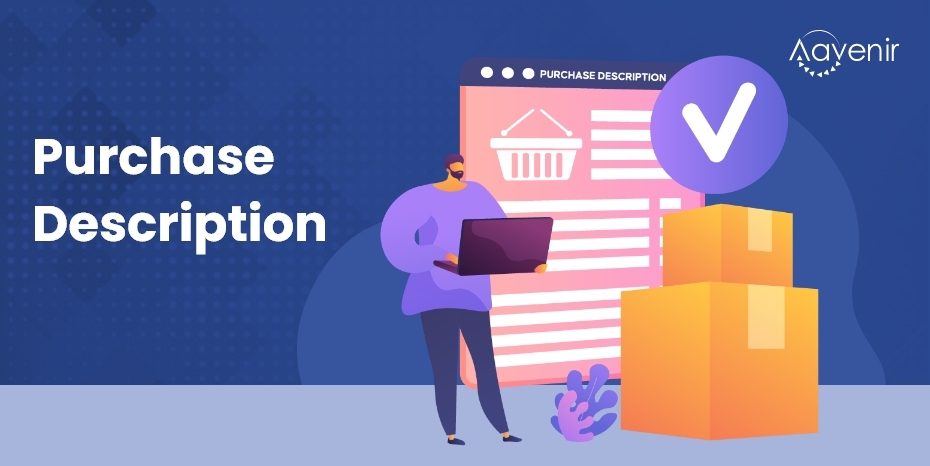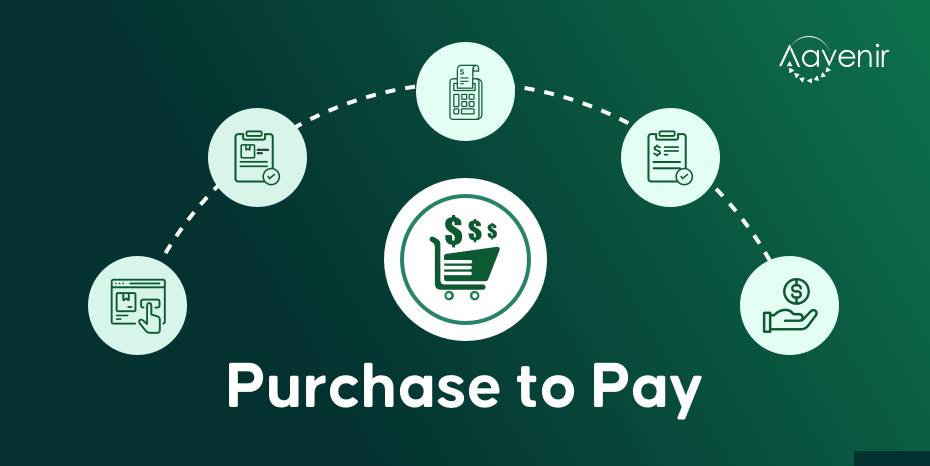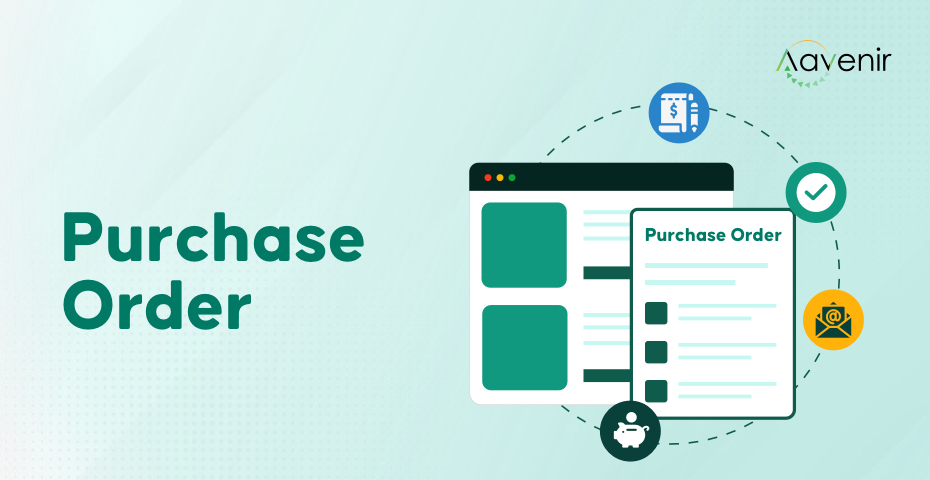What is Purchase Description?- Definition
A statement outlining the essential characteristics and functions of an item, service, or material required to meet the minimum needs of the Government. It is used when a specification is not available or when specific procurement specifications are not required by the individual Military Departments or the Department of Defense.

Understanding Purchase Description
A product description is the marketing copy that explains what a product is and why it’s worth purchasing. The purpose of a product description is to supply customers with important information about the features and benefits of the product, so they’re compelled to buy.
However, entrepreneurs and marketers alike are susceptible to a common mistake when writing product descriptions. Even professional copywriters make it sometimes: writing product descriptions that simply describe your products.
Why is it wrong? Because great product descriptions need to augment your product pages by selling your products to real people, not just acting as back-of-the-box dispensers of information for search engines (through search engine optimization can’t be an afterthought, of course).
How To Write Purchase Descriptions To Grow Business?
There is no doubt that purchase descriptions can help take your business to the next level, but what should they say? How long should they be? Which format is best? How do you make the products rank high for Search Engine Optimization (SEO)?
Here’s a purchase description template to follow:
1. Think about the who, what, when, where, why, and how before writing.
Journalists often use this method to provide facts in their stories, and it is the first step in crafting a purchase description.
- Who is this product for? The target audience can be gender (i.e., male or female), an age group (i.e., college students or retirees), a lifestyle demographic (i.e., new mothers or car enthusiasts), or some other defined group of people.
- What are the product’s basic details? This includes attributes such as dimensions, materials, product features, cost, and functions.
- When should someone use the product? Is it meant to be used during a specific time of day, seasonally, or for a particular type of occasion? Just as important is pointing out if a product can or should be used every day or year-round. These details will help speak to the product’s long-term value.
- Where should someone use the product? Is it meant for indoor or outdoor use, for your car or your home?
- Why is this product useful or better than the competition? This can be anything from quality to value to features. Think about the product benefits to your customers and consider how images can complement your product copy.
- How does the product work? This may not be necessary for every product, but it’s a must-have feature if you sell anything with moving parts or electronics.
2. Make your purchase descriptions short and sweet.
Don’t overthink it. Use conversational paragraph-long descriptions to engage fans and ideal customers and quick bullet points with need-to-know specs to convey the most important information for online shoppers concisely.
3. Use storytelling to your advantage.
Does your product have a backstory that’s particularly special to you? Chances are, it will be exceptional and endearing to your audience, too. Use that story in your product description to add more character to your item, engage your audience and win hearts and minds.
4. Get technical to win trust when needed.
Don’t be afraid to get in the weeds with your product description if you have a more technical product. Prove to your customer your brand’s expertise in the industry by providing all possible details they’d need to know before they ever even have to ask.
5. Don’t be afraid to be unique.
While a short paragraph description on a product page is a best practice, know when that isn’t what your audience wants. Every industry and online business is unique. Do you know your customer well enough to know they won’t read that product description? Are all of your customers’ scanners?
Pull out the most critical content to them and find engaging, visual ways to get all the relevant information without any headache. Your buyer personas should inform the overall form and approach toward your product descriptions, including the website design and white space on the page.
Explore Additional Resources to Know More




